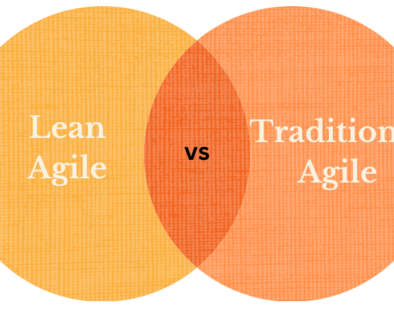Flip Your Training Script: Powerful Techniques from Training from the Back of the Room
The Training from the Back of the Room (TBR) approach transforms traditional training methods by using brain-based learning principles and interactive techniques. TBR training involves participants through activities, visuals, and collaboration, creating an engaging learning environment. By shifting the focus from the front to the back of the room, trainers can encourage movement, discussion, and exploration, promoting active participation and knowledge retention.
The TBR approach utilizes posters, visuals, and interactive displays to stimulate learning and engage participants from different perspectives. Incorporating group activities, hands-on exercises, and games fosters a sense of community and aids in information assimilation. By employing these powerful techniques, trainers can create an inclusive and immersive learning experience that accommodates diverse learning styles. TBR training’s back-of-the-room techniques offer a compelling alternative to traditional methods, equipping trainers with powerful tools to enhance their training sessions and maximize learning outcomes.

What is Training from the Back of the Room (TBR)
Training from the Back of the Room (TBR) is a brain-based approach to training that focuses on engaging and interactive techniques to enhance learning. Instead of traditional lecture-style training, TBR training emphasizes activities and group participation to create a more dynamic and memorable learning experience. This approach leverages brain-based learning principles and cognitive science to maximize the retention and application of new knowledge.
One critical principle of TBR training is the use of visuals, such as posters and interactive displays, to create a stimulating learning environment. This helps shift the focus away from the instructor at the front of the room to the entire training space, allowing participants to engage with the material from different vantage points.
Additionally, TBR training encourages movement and collaboration among participants. This means incorporating activities like group discussions, interactive exercises, and games that promote active learning and foster a sense of community among trainees. By implementing Training from the Back of the Room techniques, trainers can create a more inclusive and immersive learning experience that caters to various learning styles and preferences. This approach has been widely praised for its effectiveness in improving knowledge retention and application, making it a valuable strategy for any trainer looking to enhance their training from the back of the room.
Powerful TBR Techniques
“Utilizing Training from the Back of the Room (TBR) techniques can transform your training sessions. This innovative approach leverages the latest findings in brain science and psychology to create engaging and effective learning experiences. By incorporating TBR techniques, such as interactive activities, visual aids, and collaborative exercises, you can significantly increase participant engagement and information retention. Whether you’re an experienced trainer or new to the field, exploring and implementing TBR techniques can greatly enhance the impact of your training sessions.”
Benefits of Using TBR Techniques

Training from the Back of the Room (TBR) techniques, also known as back-of-the-room Training, offers many advantages for trainers and learners. TBR training methods enhance engagement, information retention, and overall learning outcomes. By incorporating TBR techniques into training sessions, trainers can create an interactive and participatory learning environment. These techniques draw from principles of brain science, employing activities that cater to different learning styles, promoting collaboration, and stimulating sensory experiences to facilitate better retention of information.
Implementing TBR training approaches shifts the focus from the trainer to the participants, aligning with “training from the back of the room.” This learner-centric approach fosters active participation and can lead to improved knowledge retention, enhanced critical thinking, and increased motivation among learners. Moreover, TBR techniques are adaptable and versatile, making them suitable for a wide range of training topics and participant demographics, ultimately contributing to the effectiveness of training programs. TBR techniques can revolutionize training experiences by creating an inclusive, engaging, and effective learning environment that benefits trainers and participants.


